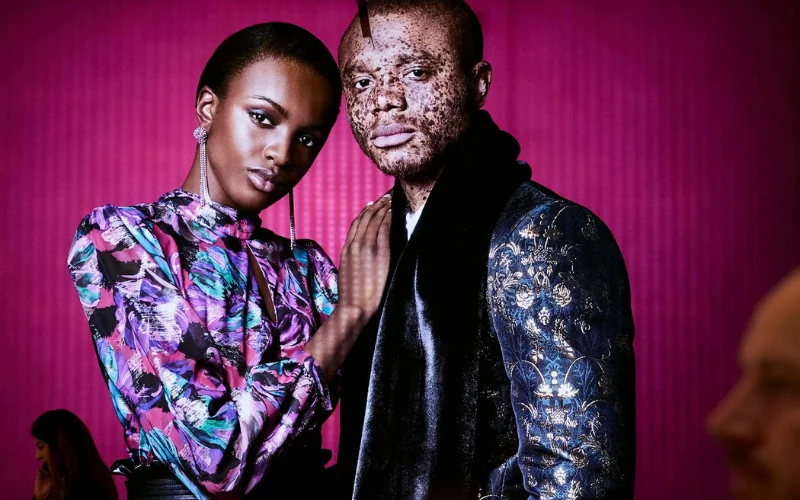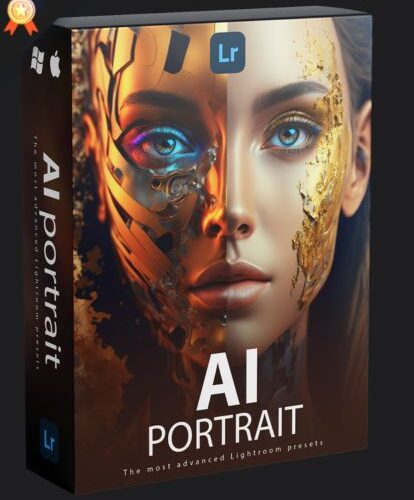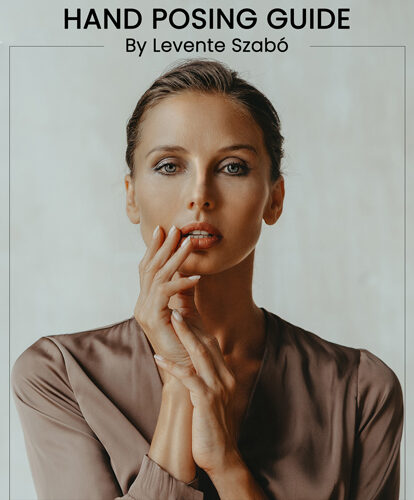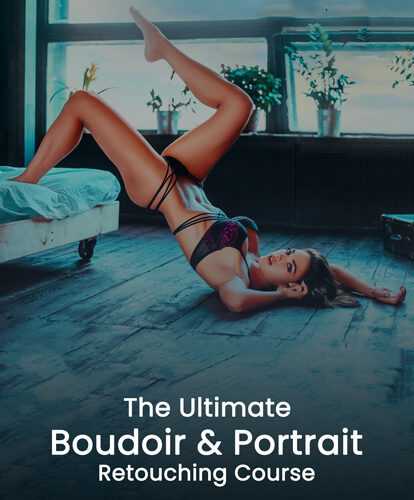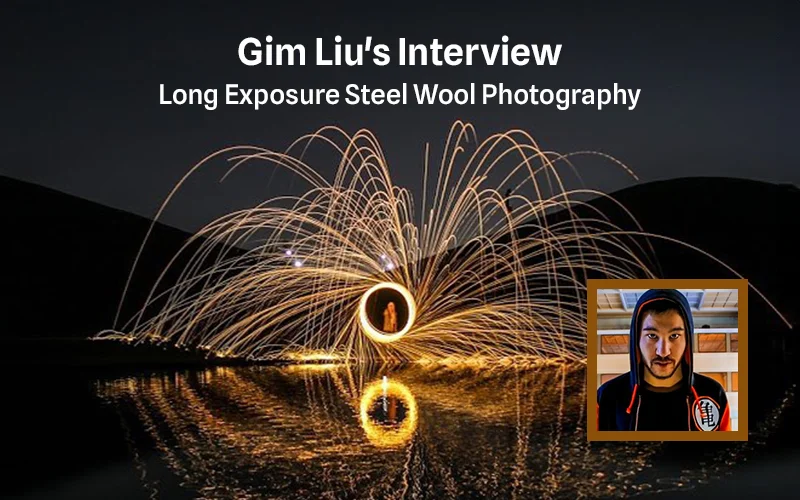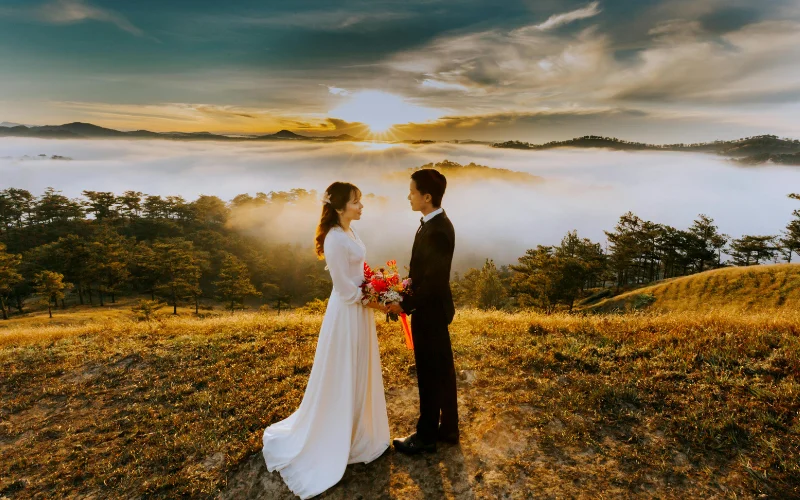Peter Defty, renowned for his mastery in best portrait photography, embarked on his career in a Newcastle advertising studio before establishing his base in West Yorkshire.
Peter captures architecture, still life, and the best portrait photos.
Peter’s lens has a global impact with 25 years of experience in architecture, textiles, and furnishing photography.
In this interview, he shares his insights on how to capture stunning portraits. Let’s dive in to learn more about his journey!
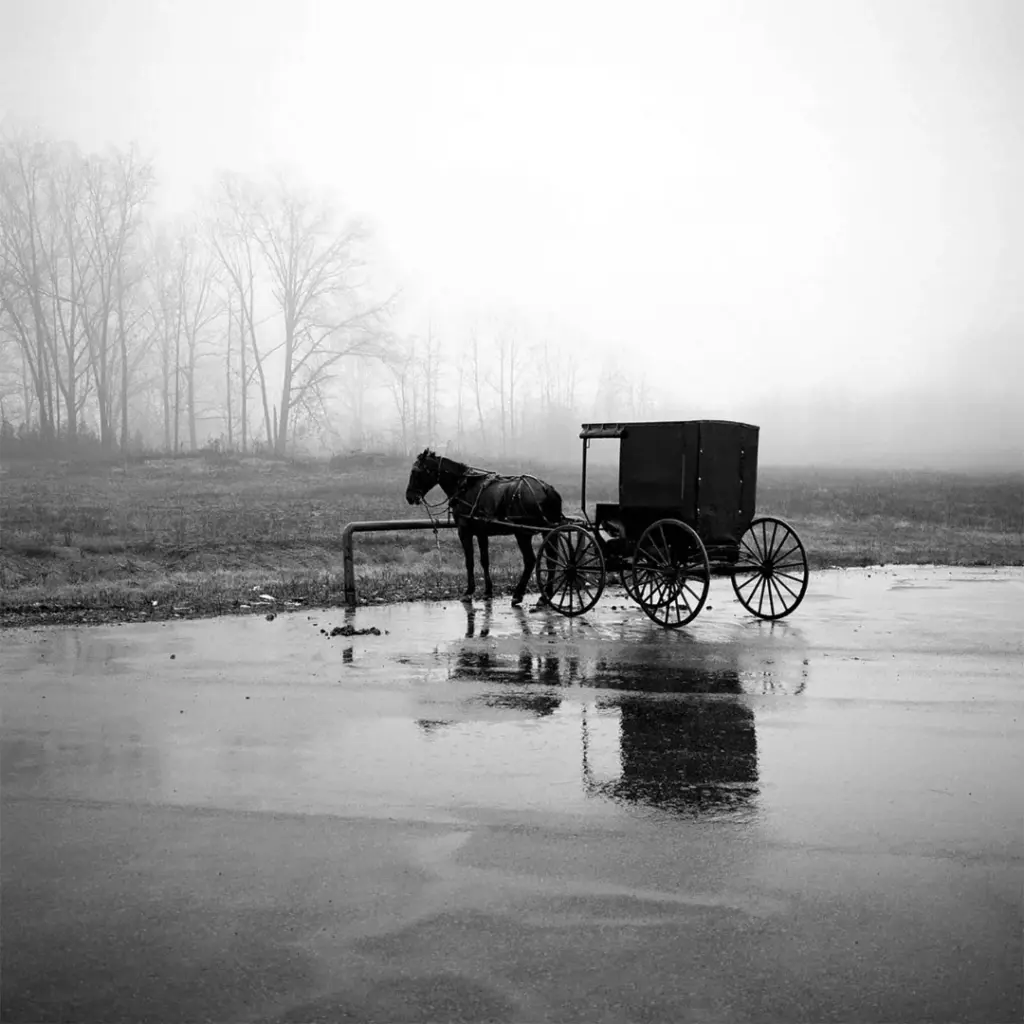
Q.1 Starting your career in an advertising studio in Newcastle must have been quite an experience. How did that early exposure influence your approach to creative portrait photography?
Ans. Apart from the obvious discipline of keeping to the brief and having clients present, it meant learning how everything worked from a technical perspective. Reciprocity failure, bellows extension, push-pull process, etc.
In teaching, this can get you branded as a “technical photographer”. Usually, someone doesn’t see that photography is a scientific and technical art form. The clue is in the title.
Because we had a full BW/C41 and E6 development line in house, as well as a color darkroom (before digital), the parameters were tight and things had to be exactly right, so 1 degree was wrong in the development and the transparencies were the wrong color. Basically, get it right the first time and have an eye for detail.
Interiors not only meant composition and impeccable product, but it was a period when photo retouching was expensive, so it had to be right in camera. Something that happens as often as possible now, especially when 14”x17’ film is involved.
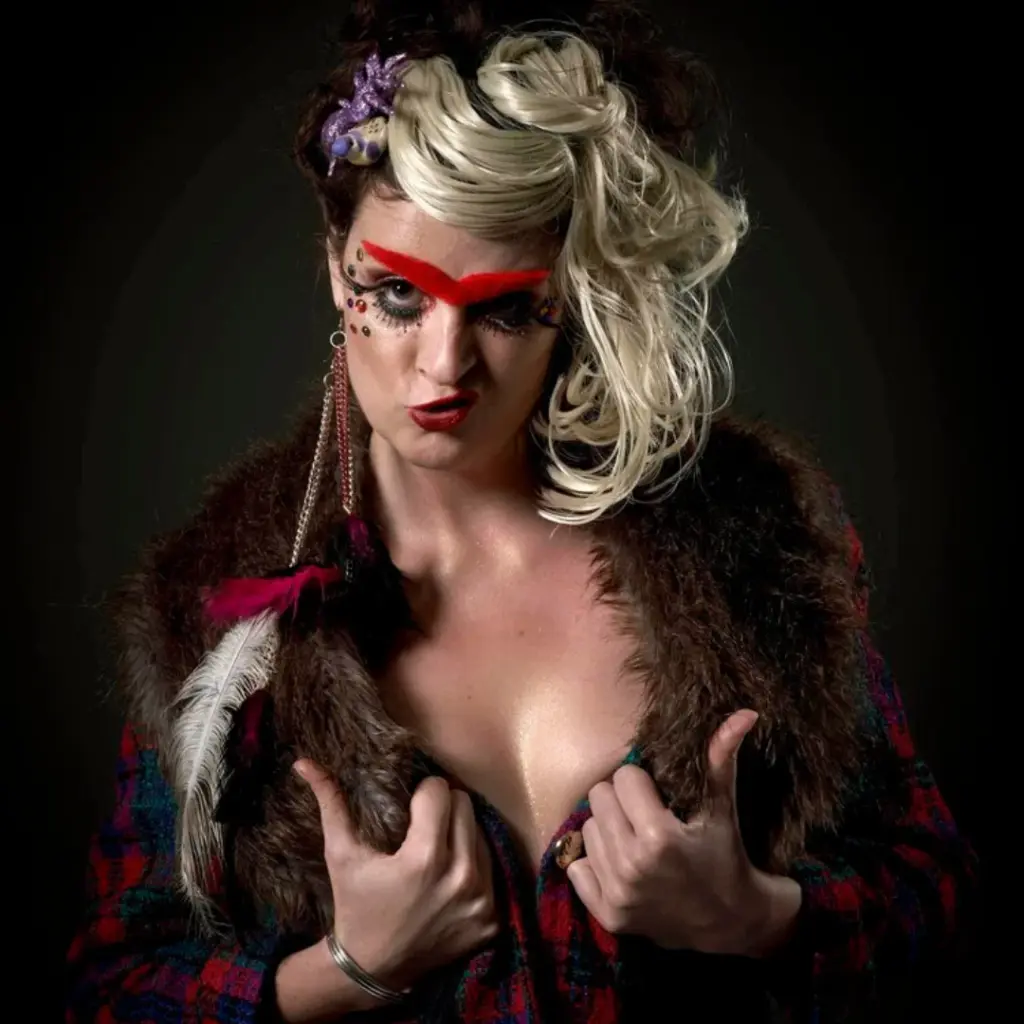
Q.2 Your portfolio is diverse, covering a range of subjects from architecture to portraits. How do you maintain a cohesive style across such varied genres, and do you find that your personal projects influence your commercial work?
Ans. I was lucky enough to have an agent for a lot of years who would commission work or buy prints from the archive for hotels around the world, which meant 99% of images produced in that period were shot with nothing more than a hint of a theme as a brief.
A lot of the work is what I enjoy doing, so it gets shot whether there is a brief or not. Either way, it will end up as a print…and the print is what is most important. It determines the camera, film, sensor, which lab to use, etc.
The work people see leads to other jobs; that’s how it works, but sometimes you stumble on something that you haven’t seen. Before… then that’s a whole other rabbit hole.
Check out: Best Portrait Photography Online Courses
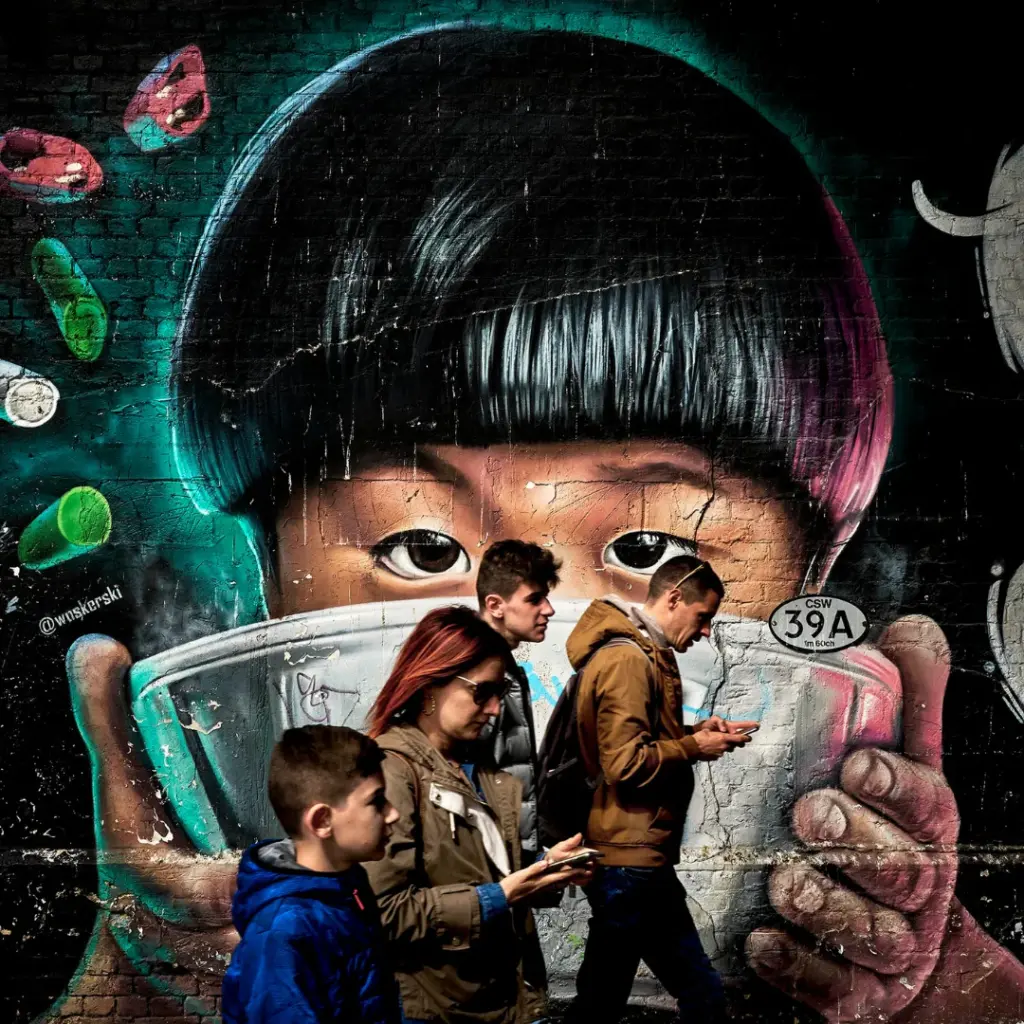
Q.3 Could you share a memorable experience or project that stands out in your career as a professional photographer?
Ans. After a few years of shooting best portraits for the Outlaw Project, I saw an article somewhere about jockey Bob Champion. He became well known for winning the Grand National (I think in 1981), an achievement that won the hearts of a nation due to the circumstances involved.
A movie was made with John Hurt, “Champions,” and the whole story has always been inspiring.
I found an email for him. He sent his number and invited me down to his house in Newmarket to do a portrait on the big camera. They say that meeting your heroes is not a good idea. How wrong that was in this case!
Check out: Best Websites To Find The Best Online Photography Courses
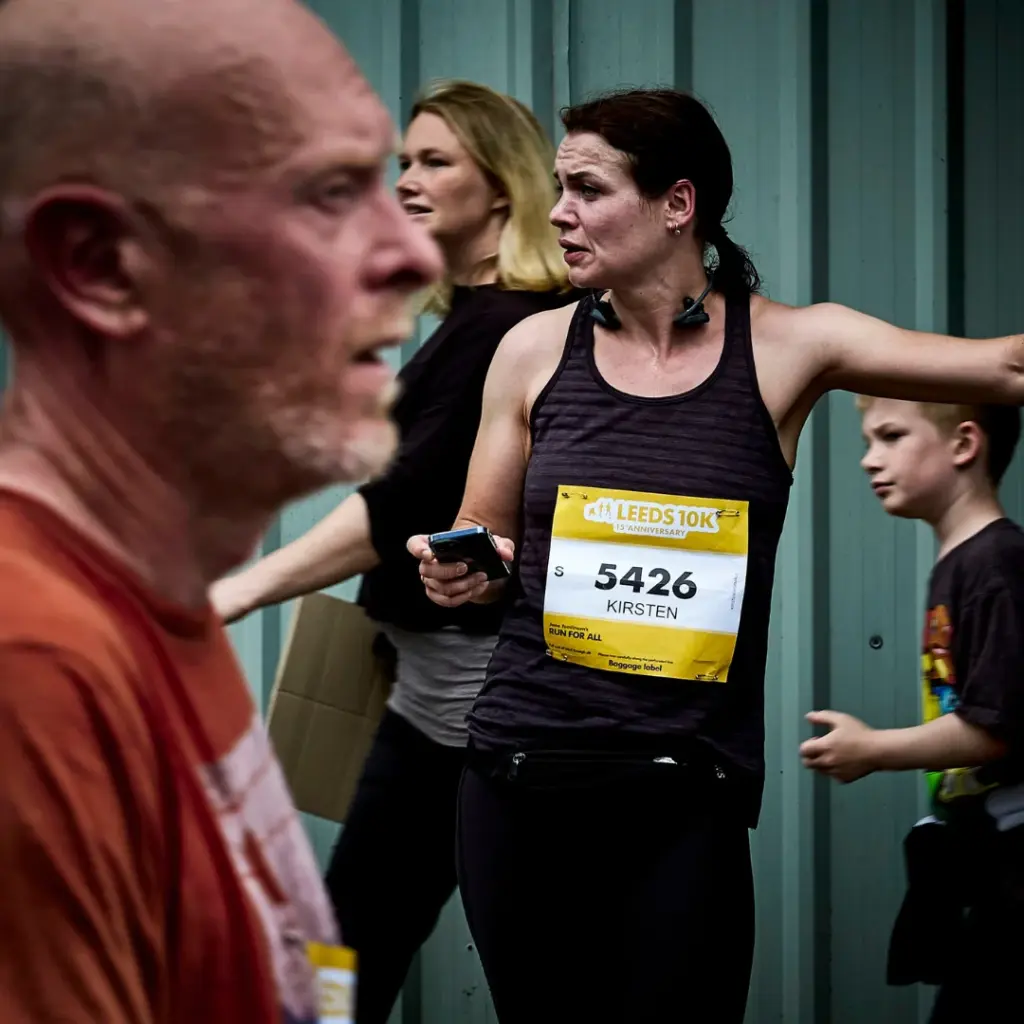
Q.4 The images on your site include a mix of commissioned and personal work. How do you decide which personal projects to pursue, and how do they contribute to your overall body of work?
Ans. My agent always asked for images in a series, not singles, which, together with the notion of the classic photo essay, means that anything that you start is simply the beginning of something bigger.
Working all of the time on one thing kills opportunity, as your head is down and chances are missed. So many subjects are constantly on the radar.
Check out: Portrait Photography Poses Cards Bundle

Q.5 Having worked with clients in the hospitality industry globally, what challenges and opportunities do you encounter when capturing images for this specific sector?
Ans. Emulsion or digital? What color temperature is the light? Source where the images will be hung, which means black and whites will be printed with a warm or cool tint to compensate.
Health and safety printing of Di Bond (aluminum) needs to have rounded edges for public areas. Is the art going to be close to a kitchen (heat and moisture issues)?
Production companies are asking for releases so your images can appear in the background of movies being shot on the premises. Framers damage prints. Delivery companies damage frames.
Check out: The Definitive Hand Posing Guide For Portrait Photography
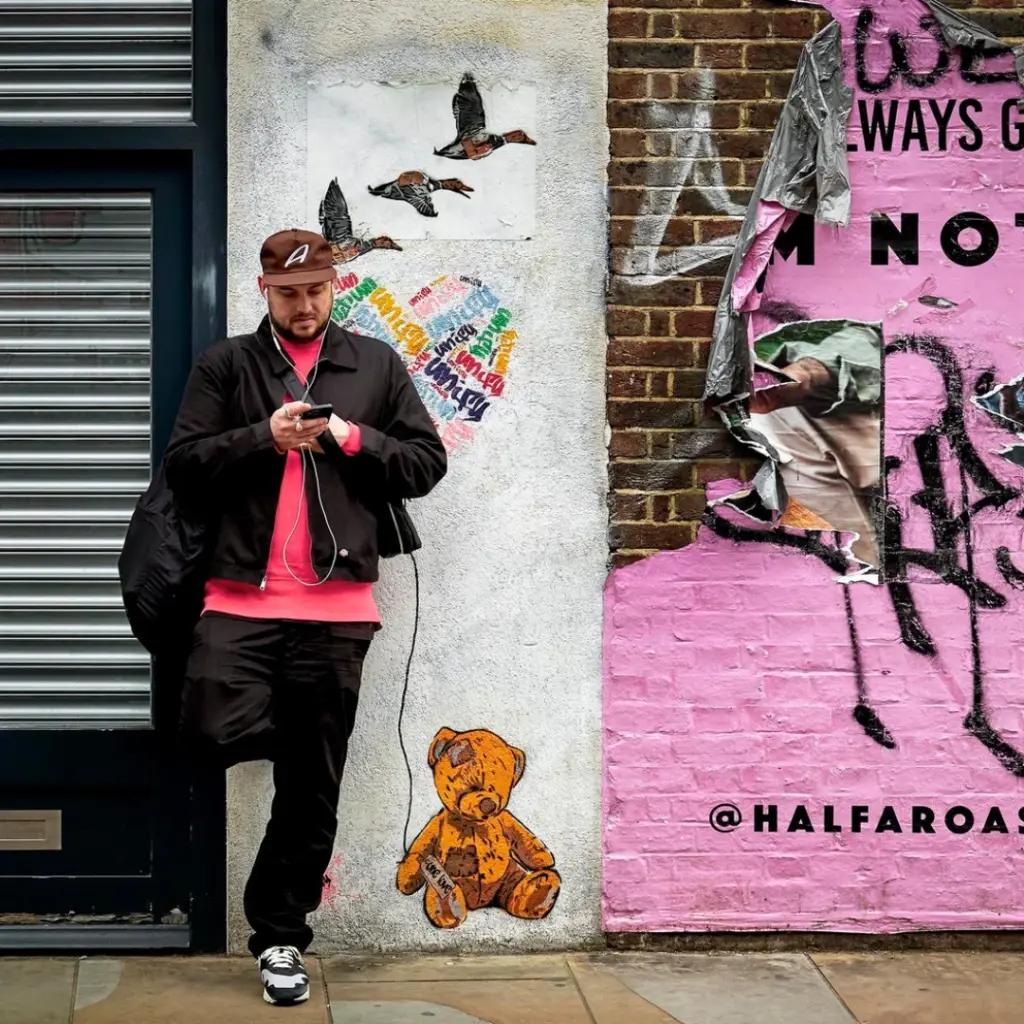
Q.6 Over the past 25 years, you’ve worked with clients in the architectural, textile, and furnishing sectors. How has the photography landscape in these industries evolved, and how do you stay ahead of the curve?
Ans. I spent a lot of time building sets, shooting 5×4 transparency, and hanging around labs waiting for the films to drop. Everyone was doing this, so it had to evolve into hiring locations via an agency, which has led to working in some of the most amazing (and costly) architectural locations.
Shooting digitally (tethered) is necessary so clients can see what is being captured. Though there is a fair amount of post-production involved. As long as the budgets are there, its fine.
Re-architecture: it has become more necessary to be aware of your rights on the street when you are shooting, but if you are polite and pragmatic and have planned well (regarding releases and permits, etc.), it is generally fine.
Check out: Unlocking the Power of Self Portrait Photography: Tips and Ideas
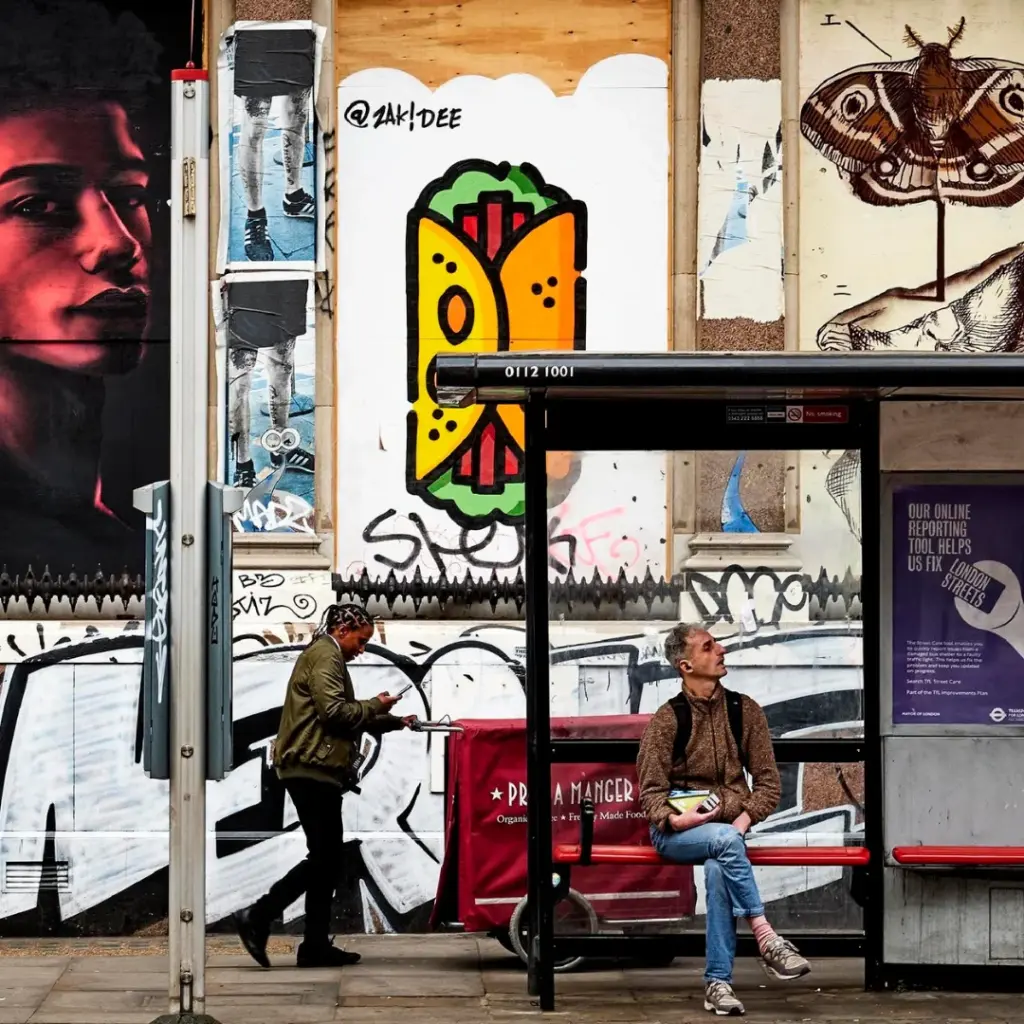
Q.7 Balancing multiple personal projects alongside commercial work can be challenging. How do you manage your time effectively, and do you find that personal projects feed into your commercial creativity?
Ans. In the early days, accounts would be done on a daily basis, and there was always something to be done. Now, spend as much time as possible making stunning images and as little time as possible with paperwork.
Its a 24/7 thing. I know photographers who only really shoot if they’re commissioned; this doesn’t work for me. New York senior portrait photographer Bill Cunningham is heard to say in a documentary that if you don’t accept money, they can’t tell you what to do.
Well, there comes a point when you have a lot you want to do and would prefer to spend your time doing those things than give some client your time shooting something for purely financial reasons that you have no belief in.
Check out: Best Portrait Photography Course
Q.8 With a wide variety of subjects in your archive, is there a particular genre or type of project that you find most personally rewarding to shoot?
Ans. Getting that shot involves not being in control. Either abstract in nature when the outcome is unpredictable or a juxtaposition in a public place that is just perfect timing.
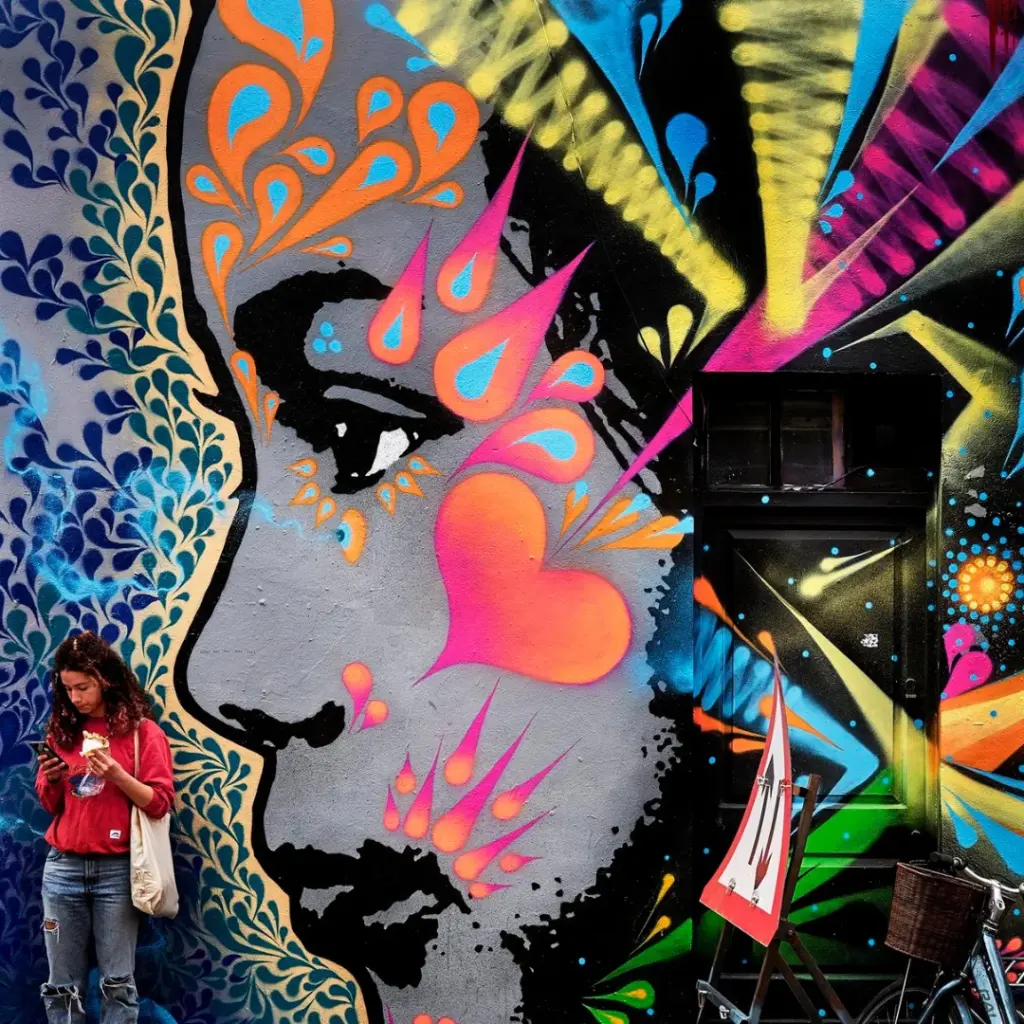
Q.9 What do you like to do other than professional photography?
Ans. Archery when possible…
Q.10 What are your plans for the next 6 months?
Ans. Preparing for an exhibition in March, continuing to pursue all image collections, and updating the website.
Q.11 What advice would you give to aspiring photographers looking to establish themselves in the world of commercial photography, considering your diverse and extensive experience?
Ans. Its a totally different game now. Still, life for commercial clients is not something that I could see providing a living for now.
I have taught at degree level part-time for 10 years, and although its the right track for some, others would benefit more from interning with a senior photographer they like or going and living in a city they like and getting any job there so they can afford to generate a portfolio in that city.
In the end, its about connecting with people—in a pub, on a bus, wherever. And the best things come from unpredictable places. Whatever you do, its tough. The market is saturated and clients have less money…so be clever.
Conclusion
And that’s a wrap on our chat with Peter Defty, the maestro of the best portrait photography techniques! His pictures tell cool stories, not just show stuff. Whether you’re into taking pictures or just love cool visuals, Peter’s work is like magic in a click. Thanks for joining this photo adventure—keep snapping and savoring the picture tales!
Check out more of Peter’s work on his website.
